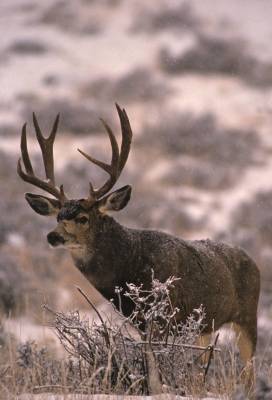
That is one of the most frequent questions I get asked, yet I find few of these hunters asking have set their budget and goals. By setting these important parameters, the question of “where” will almost answer itself.
You need to consider your budget (money and time) as you plan your hunts—trust me, tag soup is even more bitter when you’re broke and out of vacation. I don’t borrow money or use credit cards anymore, so my budget is based on cash-on-hand versus the value of the hunts in the states I’m considering. I used to apply/plan hunts with no regard to budget. That killed my bank account and just as bad, had me hunting units where I logistically wasn’t efficient, wasting more time and money.
Many hunters don’t realize it costs a lot to hunt far from home. Triple A and the IRS both put cost-per-mile near 60 cents. Considering most of us need a truck to hunt, we’re going to be even higher. If you’re hunting area is 600 miles away, you’ll spend a minimum of $720 per trip. You’ll also lose a minimum of two hunting days in travel. As I recommend pre-scouting any new area, those figures double! That cost is fine if it fits your budget and the unit gives you a better chance than something closer to home.
Also, some states’ non-resident draw odds are so bad and fees so high, a smart hunter would be wasting money to apply. If you make a lot of money, it might not be considered a waste. The only way to know is by budgeting.
You also need to remember that you may draw more tags than you planned, squeezing your wallet and vacation time even more. Some states allow you to turn tags back for a refund or points reinstatement. I’ve had to do this a few times over the years. However, if you draw several great tags, you’re not going to want to turn them back and you need to have enough money and time to hunt them both correctly. By setting your budget, you can narrow down which hunts make the most sense to apply for.
Setting a goal on the minimum buck you would be satisfied taking home further simplifies the application process. I set mine on a “big deer.” That might sound pretty subjective, and it really is, but I have some numbers to back it up.
A big deer to me will be at least four-years old (I’ve lab aged all my big deer and none of them were less than four) and a minimum of 180” gross score or a 30” outside spread. If you are happy with smaller/younger bucks, great! It won’t take as long or cost as much to accomplish as the available pool of bucks and places to hunt is much bigger.
If you want a 200”+ buck, you need to give yourself 5-10 years and 150-300 days of open season to accomplish that goal. I base those numbers on what it’s taken me—see my article
With my goal in mind, I apply and plan to hunt areas that grow my goal deer (I’ll cover in a few weeks how I choose those areas) that fits my budget. I’ve learned that hunting one or two states gives me plenty of time in the field. My application process has gotten simpler over the years as I apply for a few low-odds/high quality hunts and a few OTC/easy-to-draw.
Once you have got your budget and goal in mind, you can more easily narrow down the states and units where you need to research and apply.
I’ll cover which states I apply for and why in a day or two…
Do you set a budget for your hunts?

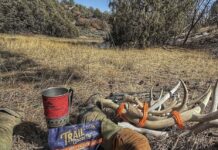
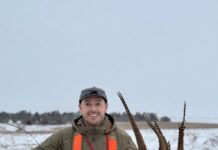


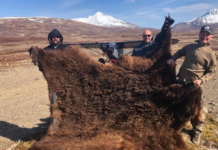







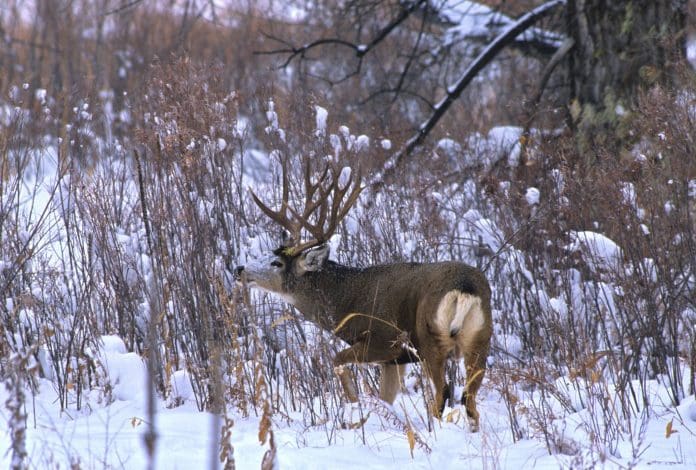
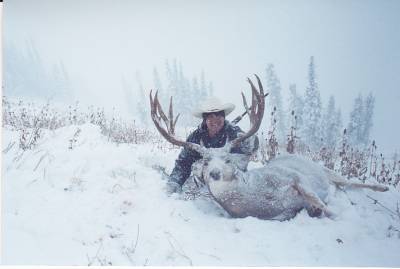
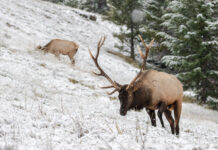
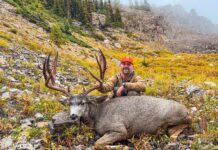
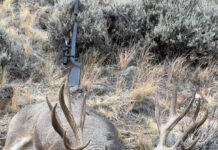



Great article Robby! Budget is first thing I do. I have a set amount in an account that I have a debit card attached to. I apply using that card/account. Every month a SMALL amount of my check goes into that account, to keep the process going into the future. I have narrowed down the states I apply for to my home state (Washington… don’t know why I still apply) and 4 or 5 others (but not all species). I chose those states partially on the same criteria you use, with one additon. I also have a couple places I just want to hunt. It has more to do with the place itself than the animals it grows. Granted, one of those places is a legendary area for the species, but I apply for, and build points in a less than optimal hunt time frame that allows me to hunt a place I just really really like, even if it isn’t the best time of year to go there. By doing that I can plan on hunting there about every 4-5 years. But it IS beautiful. The other place I hunt/build points in is Wyoming. Again, more to do with the place. I have so many really good friends there, and a lot of history hunting there, that I put in for points there in order to reconnect with friends and spend time in areas I am familiar with and love hunting, even though they aren’t really TROPHEY units, with the exception of the Elk points. There, I have an area and particular ranch I want to hunt (and permission to do so), just need the points to draw. For me PLACE is a big consideration. There is nothing worse to me than spending a hard week hunting in country I really don’t like at all. I need the “batteries recharged” when I get to the back country, and a chance to connect with the creator who gave us these beautiful places to enjoy.
Robby, Great post. That link is also a great read. Those deer are impressive!
Thanks Ryan,
Chad, you illustrate a great point that there is more to planning a hunt than the potential trophy.
I’ve begun to phase out my participation in the draw systems. As states get greedier and non-resident tags decrease, it’s become a game for patient, young hunters with thick wallets. After many years and thousands of dollars invested in the draw systems, it has become a bottlenecked process with diminishing returns, and I’ll reluctantly walk away from some point stashes, burn points on lesser units, and focus my money on true lottery states and the more expensive landowner style tags. I would urge fellow hunters to look carefully at point creep, total investment, participant numbers, and actual hunt quality before launching into the Ponzi schemes some of these states are putting together.
Comments are closed.